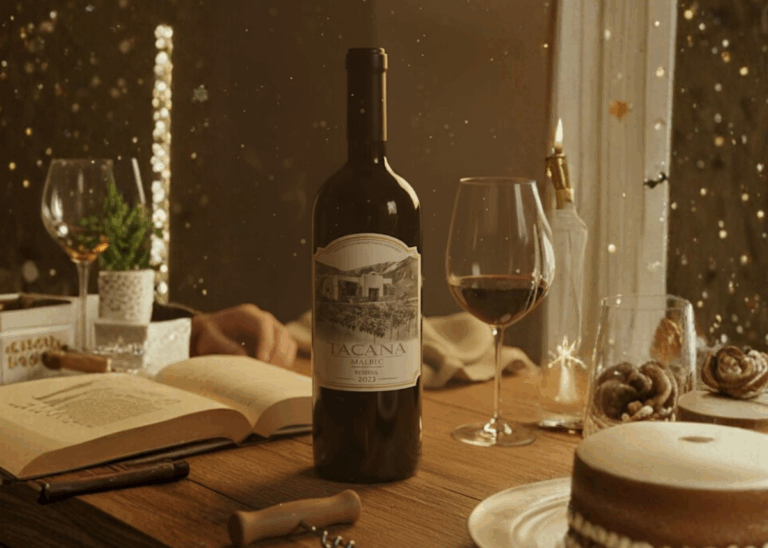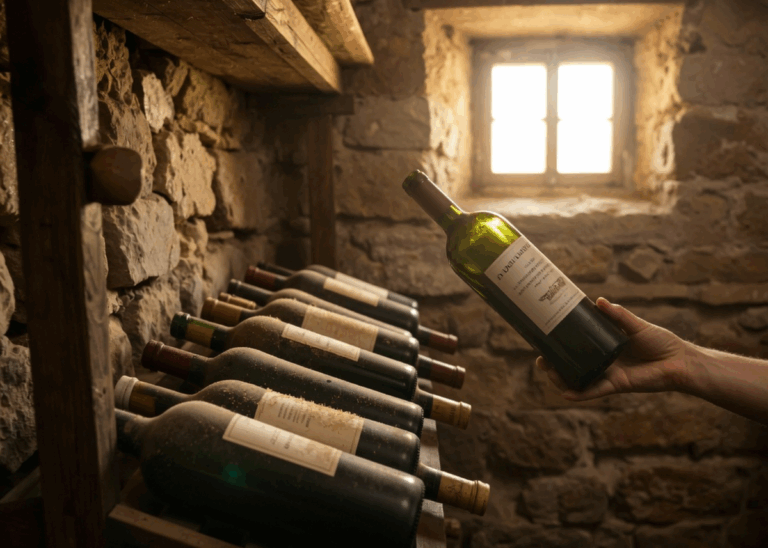[et_pb_section fb_built=”1″ admin_label=”section” _builder_version=”3.22″ global_colors_info=”{}”][et_pb_row admin_label=”row” _builder_version=”3.25″ background_size=”initial” background_position=”top_left” background_repeat=”repeat” global_colors_info=”{}”][et_pb_column type=”4_4″ _builder_version=”3.25″ custom_padding=”|||” global_colors_info=”{}” custom_padding__hover=”|||”][et_pb_text _builder_version=”4.11.1″ _module_preset=”default” global_colors_info=”{}”]
A light jacket and scarf is recommended in Tuscany this time of year, especially if you insist on tracing its winding roads with your cabriolet’s top down.
Temperatures are climbing up but the breezes off the Tyrrhenian Sea cool you down, and then in the morning and evening the sun likes to linger behind pine trees on the crest of the nearest hill (and there are always hills nearby in Tuscany).
The good news is that you’re never too far from some old castello waiting to welcome you with a faint musty smell, dark wooden furniture, some old threadbare tapestry, and of course, a fine Chianti.
More on that in a moment. But first… why don’t you see more non-standard wine bottle sizes on shelves?
This week Julien concludes his 3-part series on wine bottle sizing with a look at why the 750ml bottle has become so ubiquitous… from the convenience of standard sizing… to the (many) expenses of producing larger size bottles…
[/et_pb_text][et_pb_video src=”https://youtu.be/G-cv9uQy_pw” _builder_version=”4.11.1″ _module_preset=”default” width=”73%” width_tablet=”83%” width_phone=”100%” width_last_edited=”on|phone” module_alignment=”center” hover_enabled=”0″ global_colors_info=”{}” module_id=”video” sticky_enabled=”0″][/et_pb_video][et_pb_text _builder_version=”4.11.1″ _module_preset=”default” global_colors_info=”{}”]
Italian Wines Pt. 1: The Hippy Chic Discount Fiasco (Continued)
The first mention of wine from the Chianti region, the area of Tuscany between Florence and Siena, dates back to 1398. Chianti, then, was better known as a white, but by the 1700s it had transitioned to mostly red (though whites were still common). The region received a considerable boost from an edict restricting the use of the Chianti name to just three villages: Castellina, Gaiole, and Radda.
In the 19th century, the first Count of Brolio, the Baron Ricasoli, fresh off a failed attempt to reconcile the government of the newly unified Italy with the Vatican, codified the Chianti blend, establishing sangiovese as the dominant grape with canaiolo and colorino in supporting roles (no more than 10%).
Ricasoli’s nickname was “the Iron Baron.” He was known for his integrity and austere lifestyle, which might explain why he favored the difficult sangiovese, which, in the hands of a lesser vintner, produces a wine high in acidity and tannin, with a certain coffee-like bitterness (the name comes from the latin for “blood of Jupiter).
[/et_pb_text][et_pb_image src=”https://bonnerprivatewines.com/wp-content/uploads/2021/07/Bettino_Ricasoli.jpeg” title_text=”Bettino_Ricasoli” align=”center” _builder_version=”4.11.1″ _module_preset=”default” global_colors_info=”{}”][/et_pb_image][et_pb_text _builder_version=”4.11.1″ _module_preset=”default” global_colors_info=”{}”]
The Iron Baron
At its best, however, sangiovese made for an unpretentious red with a touch of spice – often described as balsamic – that paired beautifully with the local Tuscan fare.
Starting in 1932, the 18th century restriction on the Chianti name was lifted and production exploded (creating the modern-day distinction between Chianti and Chianti Classico, the latter being wine made within the historical 18th century boundaries).
With abundant, inexpensive supply, Chianti kept palates in 1960s London, LA, and New York wetted. Back then, Chianti came in traditional “fiascos” – bulbous bottles sitting in cozies made of straw (or, more accurately, swamp weed). It carried a certain old-world romance and authenticity for a generation desperate to push back against the manicured Americana of the 1950s. Picture a bottle in the back seat of a sleek cream convertible being driven through the Hollywood hills by some long-haired music producer in a sheepskin jacket.
[/et_pb_text][et_pb_image src=”https://bonnerprivatewines.com/wp-content/uploads/2021/07/fiascobottle-.jpeg” title_text=”fiascobottle” align=”center” _builder_version=”4.11.1″ _module_preset=”default” width=”30%” width_tablet=”50%” width_phone=”75%” width_last_edited=”on|phone” global_colors_info=”{}”][/et_pb_image][et_pb_text _builder_version=”4.11.1″ _module_preset=”default” global_colors_info=”{}”]
A traditional “fiasco” bottle for Chianti
Credit: Giulio Nepi
As happens often, with greater supply came lowered standards. Winemakers unworthy of sangiovese’s demanding care (it takes so long to ripen that the vintner must often go through the vines bunch by bunch to pick off underripe grapes by hand), bought up inferior plots, and churned out as much as they could to satisfy the international demand.
By the mid 1970s, the name had entered a precipitous decline.
To a certain extent, the problem persists today. We’ve sourced Chiantis each year since the Partnership began. Finding a good one is always a bit of a needle in a haystack. We’ve spent entire days sitting with Barry, our importer, rejecting glass after glass (sometimes after a mere sniff).
Yet, the reason we keep coming back is that no two Chiantis are alike. Such is the hilly terrain in Tuscany that even neighboring vineyards can produce wildly different wines. It helps to know somebody who can point you in the right direction. But when you finally get a good one, it feels like your little Tuscan secret… a marvel that happened to be, almost accidentally, at the end of one of Tuscany’s many winding roads.
More on Italian wine next week…
Ciao…
The Wine Explorer
P.S. Don’t miss out on wines like the 2020 Valle Arriba La Criollita (only 3,000 bottles produced), the 2020 Sierra Lima Alfa Blend de Malbec (93 Points, Tim Atkin) and the 2020 Mugrón Winemakers’ Blend (7,454 ft.)… available for purchase a-la-carte and at a BIG discount in our cellar here…
Simply click here to reserve your collection of these limited production wines… (while supplies last!)
[/et_pb_text][/et_pb_column][/et_pb_row][/et_pb_section]


